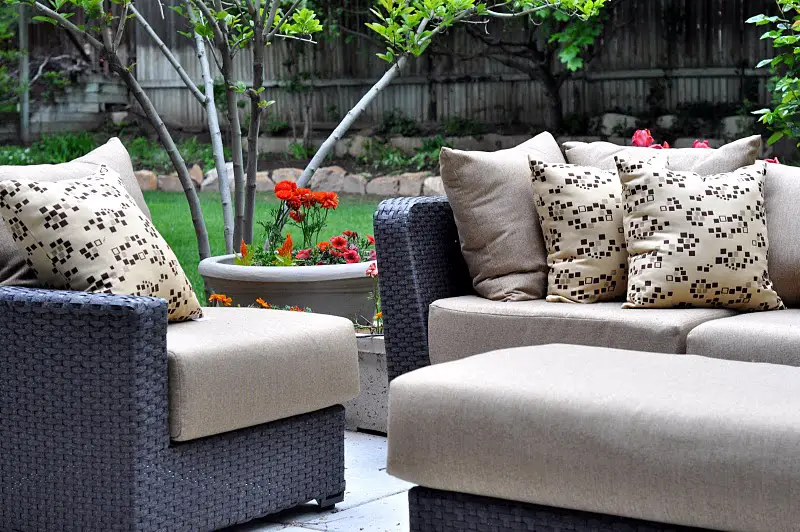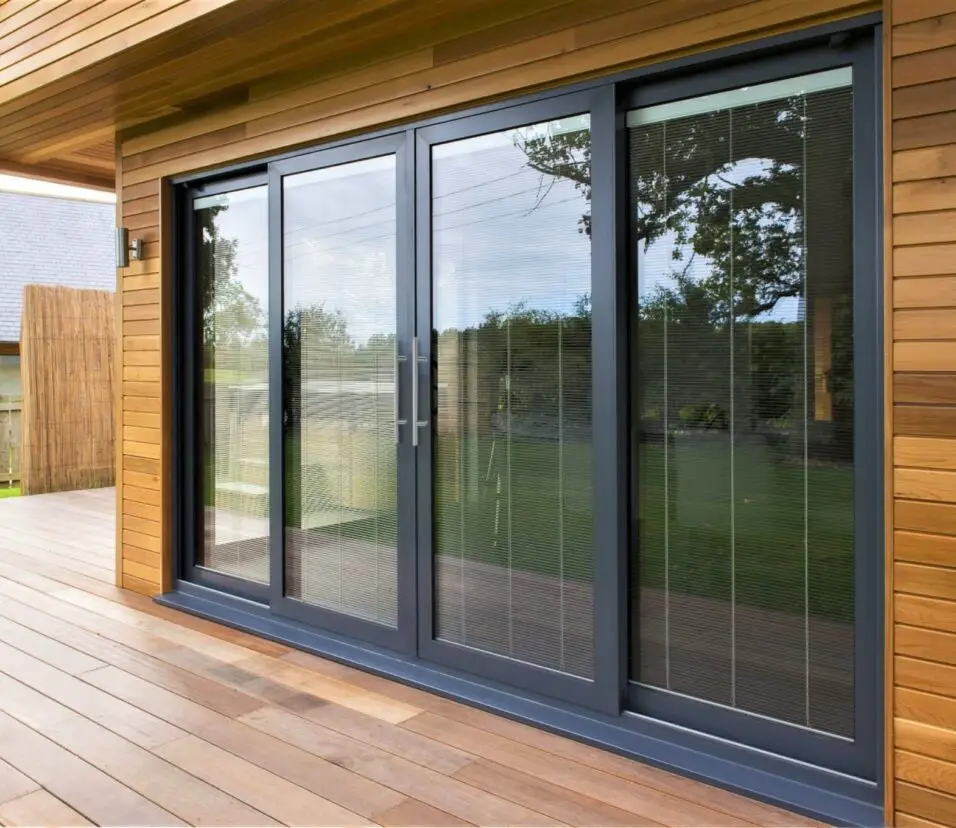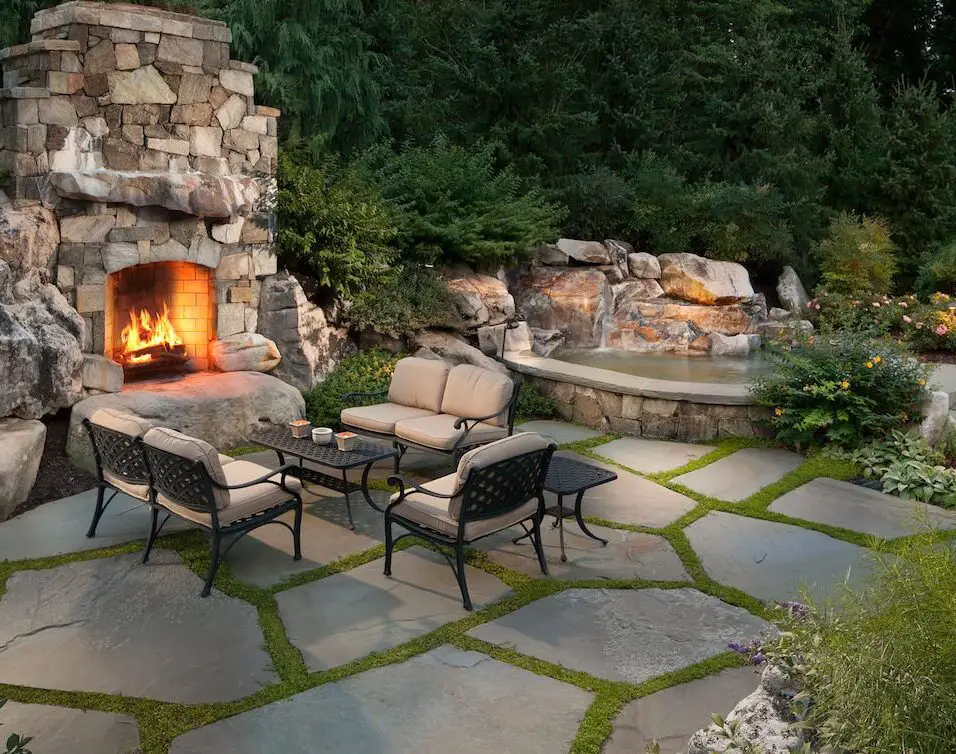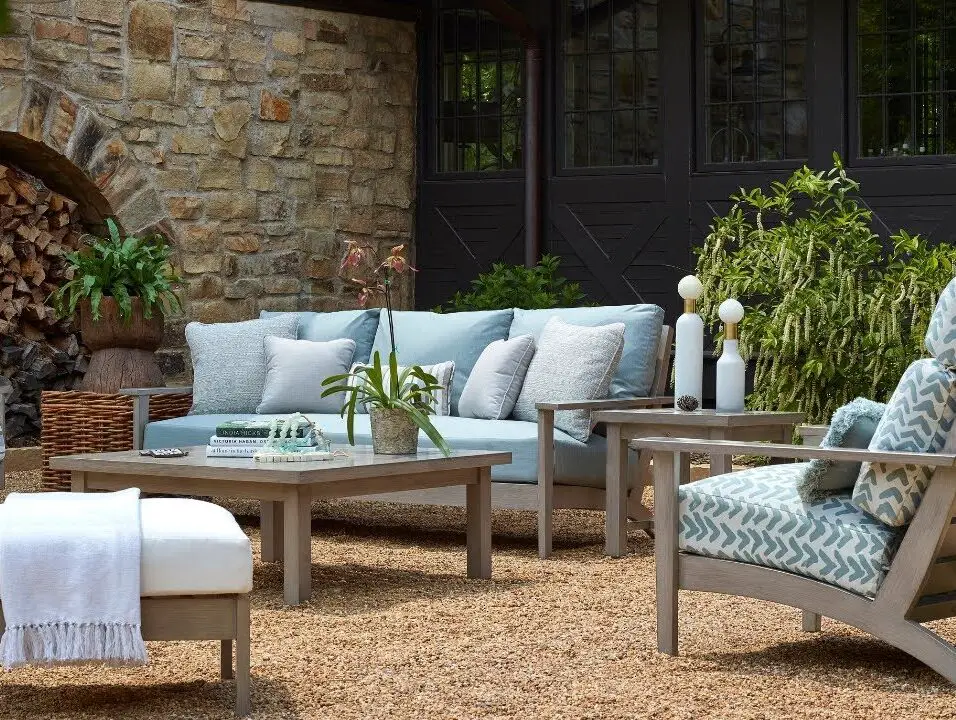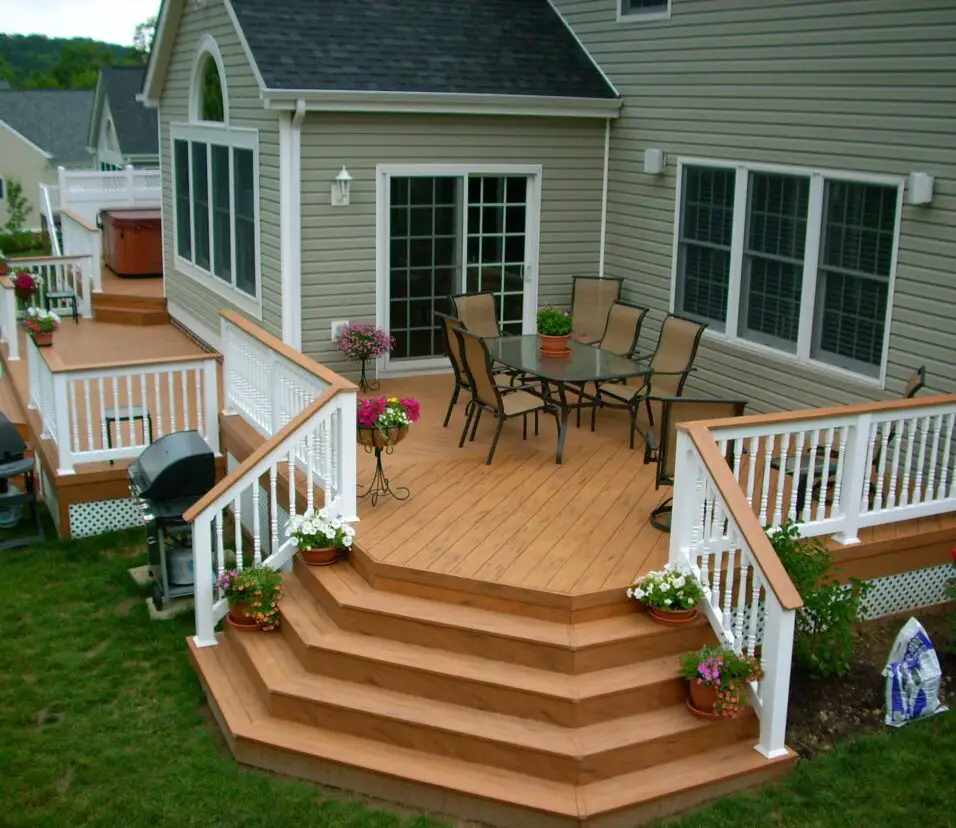How To Keep Patio Cushions From Sliding
Introduction
How To Keep Patio Cushions From Sliding: Having patio cushions that constantly slide around can be frustrating and inconvenient. Whether you’re trying to relax on your patio furniture or entertain guests, constantly readjusting cushions can disrupt the comfort and aesthetics of your outdoor space. Fortunately, there are several effective methods to keep patio cushions from sliding. In this article, we will explore different techniques and products that can help you keep your patio cushions in place.
One of the simplest and most cost-effective ways to prevent patio cushions from patio roof sliding is by using non-slip mats or grippers. These mats are typically made of rubber or silicone and can be placed underneath the cushions to provide traction and stability. The non-slip mats adhere to both the cushion and the furniture, creating a secure grip that prevents sliding. They are easy to use and can be cut to fit any size or shape of cushion. Non-slip mats are particularly effective on smooth surfaces such as metal or plastic furniture.
Another option to keep patio cushions from sliding is by using Velcro or hook-and-loop fasteners. These fasteners consist of two strips, one with tiny hooks and the other with loops, that can be attached to the cushion and the furniture. By pressing the two strips together, the hooks and loops interlock, creating a strong bond that prevents the cushion from moving. Velcro or hook-and-loop fasteners are versatile and can be used on various types of patio furniture, including chairs, benches, and loungers.
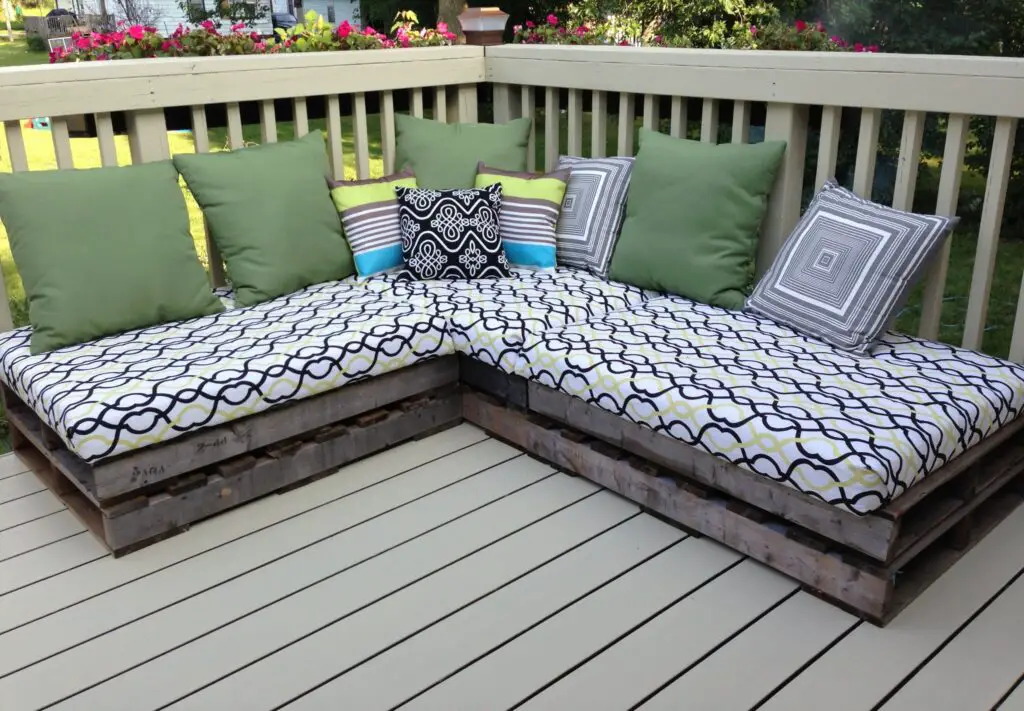
How do I keep my cushions from sliding off my bench?
Use a Non-Slip Pad
One of the easiest solutions for sliding cushions is the use of a non-slip pad. By placing a non-slip material underneath your cushion, you create friction and prevent the cushions from moving around. In addition, you don’t need to add or modify your couch or cushions in any way to use this method.
If you frequently sit or lounge on a bench, keeping cushions from slipping can be irritating. However, there are several simple and efficient ways to protect cushions from falling off.
Non-slip rug pads or grip liners are an easy technique to keep bench cushions from slipping. These rubber or silicone pads can be cut to fit your bench. The sticky pad will hold the cushions in place when placed on the bench seat before adding them.
Other options include Velcro strips and sticky tape. Attach one Velcro strip or tape to the bench seat and one to the cushion bottom. Use a strong adhesive to secure Velcro or tape. When placing the cushion on the bench, press down hard to secure the Velcro or tape.
How do I keep my lounge chair cushions from sliding?
Add a bottom layer of material
Cut and sew a denim or cotton sack to fit under the seat cushion. Slide the seat cushion onto the chair frame and place the sack underneath.
Keeping lounge chair cushions from sliding can be frustrating, especially when relaxing outdoors. However, there are several simple and efficient ways to protect cushions from slipping.
Use non-slip matting or grip pads. These can keep cushions from slipping by adding traction underneath. Rubber or silicone non-slip mats grasp chairs and cushions with their rough surface. They are simple to use and may be cut to fit cushions.
Velcro or sticky strips work too. Velcro bonds the cushion to the chair, keeping it in place. The cushion can be attached to the chair with adhesive strips. Both alternatives are simple to apply and remove without hurting the chair or cushion.
For a temporary fix, use double-sided tape. Applying this on the cushion and chair bottoms makes them sticky and prevents slipping.
Is it OK to store patio cushions outside?
Is it okay to leave patio cushions outside? If it’s not too hot or too cold, and only for a short time, it might be okay to leave patio chairs outside. However, many types of weather, such as daily sunshine and morning dew, can damage your cushions.
Yes, you can store patio chairs outside most of the time, but there are a few things to keep in mind. Sunlight, rain, and humidity are all things that patio chairs are made to handle when they are outside. But it’s important to take good care of the cushions so they last a long time and don’t get damaged.
One big worry about storing patio chairs outside is that water might get inside them. You should cover the cushions if you leave them outside, or they might get wet and grow mold or mildew. This shouldn’t happen if you store the pillows somewhere dry and well-ventilated. If you don’t have a closed storage area, you can keep the cushions dry by putting them in waterproof storage bags or boxes.
Another thing to think about is how the sun will affect the pillows. Fabric that is left out in full sunlight for a long time can fade and wear down over time. Cover your outdoor furniture or put the cushions somewhere in the shade when they’re not in use to keep this from happening. It’s also a good idea to clean the seats often to get rid of any dirt or other things that may have gathered.
What is the best way to store outdoor cushions?
The best way to store outdoor cushions is to completely clean and dry the material. Then, wrap the cushions in a protective layer before storing them in a dry, climate-controlled environment. Cushions should be stored during winter or heavy rain.
To prolong their longevity and preserve them from the elements, keep them carefully when not in use. Each method for storing outdoor cushions has pros and cons. This article discusses outdoor cushion storage best practices.
A dedicated outdoor cushion storage box is a popular option. These weatherproof boxes are constructed of plastic or wicker and come in various sizes to fit different cushions. They can be used on a patio, deck, garage, or shed and include a hinged lid or removable top for convenient access. A storage box keeps cushions clean and safe from rain, sun, and grime.
If you don’t have room for a box, use a bag or cover. They suit different cushion sizes and are composed of strong, water-resistant materials. The cushions can be stored in a garage, shed, or other safe space in the bag or cover. Compared to a storage box, a storage bag or cover is smaller and easier to fold and store.
How do I keep my lift chair from sliding?
There are various ways to keep your lift chair from sliding and maintain a steady seated experience.
- Place the chair against a wall or hard object: This is one of the easiest ways to keep your lift chair from sliding. This will support and stabilize the chair, reducing movement and sliding.
- Use non-slip pads or mats underneath the lift chair to prevent slipping.
3. Check the floor surface: The type of flooring you have can also contribute to the chair’s sliding. Smooth surfaces like hardwood or tile floors are more prone to sliding. Consider adding a rug or carpet underneath the chair to provide additional traction and stability.
There are several effective methods for preventing patio cushions from sliding. One option is to use non-slip mats or grippers underneath the cushions. These mats are typically made of rubber or silicone and provide a secure grip on the surface of the patio furniture. They can be easily cut to size and placed underneath the cushions to prevent them from sliding.
What are some effective methods for preventing patio cushions from sliding?
There are several effective methods for preventing patio cushions from sliding. One option is to use non-slip mats or grippers underneath the cushions. These mats are typically made of rubber or silicone and provide a secure grip on the patio furniture, preventing the cushions from moving around. Another method is to use Velcro or adhesive strips to attach the cushions to the furniture. This ensures that the cushions stay in place even during windy conditions or when people are sitting and moving on the furniture.
Additionally, using tie-downs or straps can help keep patio cushions from sliding. These can be attached to the furniture and then secured around the cushions, holding them in place. Another DIY solution is to sew or attach non-slip fabric to the bottom of the cushions. This fabric has a grippy texture that helps prevent sliding. Lastly, adjusting the design or placement of the patio furniture can also help prevent cushion sliding. Ensuring that the furniture is level and stable, and placing it in a sheltered area can minimize movement and keep the cushions in place.
Are there any DIY solutions or hacks for keeping patio cushions from sliding?
Yes, there are several DIY solutions and hacks that can help prevent patio cushions from sliding. One popular method is to use non-slip shelf liner or rug pads underneath the cushions. These materials provide grip and help keep the cushions in place. Simply cut the liner or pad to fit the size of your cushions and place it between the cushion and the furniture. This will create friction and prevent sliding.
Another DIY solution is to use Velcro or double-sided tape. Attach one side of the Velcro or tape to the bottom of the cushion and the other side to the furniture. This will secure the cushion in place and prevent it from moving. Additionally, you can try using silicone caulk or hot glue to create small dots or lines on the bottom of the cushion. These adhesive substances will provide traction and keep the cushion from sliding.
How can the design or placement of patio furniture be adjusted to prevent cushion sliding?
Patio furniture cushion slippage can be prevented with design and location changes. Choose furniture with built-in straps or ties to secure pillows. Easy to secure around the furniture frame, these straps prevent cushions from slipping or sliding. Choose furniture with a deeper seating area to reduce cushion movement because the cushions will fit snugly and have less room to move.
Choose non-slip or textured furniture as another design change. To keep cushions from slipping, this might add grip. Choose furniture with a rougher texture or non-slip coating to keep cushions in place. Putting furniture on a non-slip rug or mat will also assist minimize cushion sliding by adding traction and stability.
How can the design or placement of patio furniture be adjusted to prevent cushion sliding?
When it comes to preventing cushion sliding on patio furniture, there are a few design and placement adjustments that can be made. One effective method is to choose furniture with built-in straps or ties that can secure the cushions in place. These straps can be easily fastened around the furniture frame or legs, providing a secure hold and preventing any movement or sliding. Additionally, opting for furniture with a textured or non-slip surface can also help keep the cushions in place. The texture creates friction between the cushions and the furniture, reducing the likelihood of sliding.
Another adjustment that can be made is to ensure that the furniture is properly sized for the cushions. If the furniture is too large or too small, it can create gaps or overhangs that can cause the cushions to shift or slide. By choosing furniture that is the appropriate size for the cushions, you can minimize any potential movement. Additionally, placing the furniture on a level surface can also help prevent cushion sliding. Uneven surfaces can cause the furniture to tilt or wobble, leading to cushion movement. Ensuring that the furniture is stable and level can help keep the cushions in place.
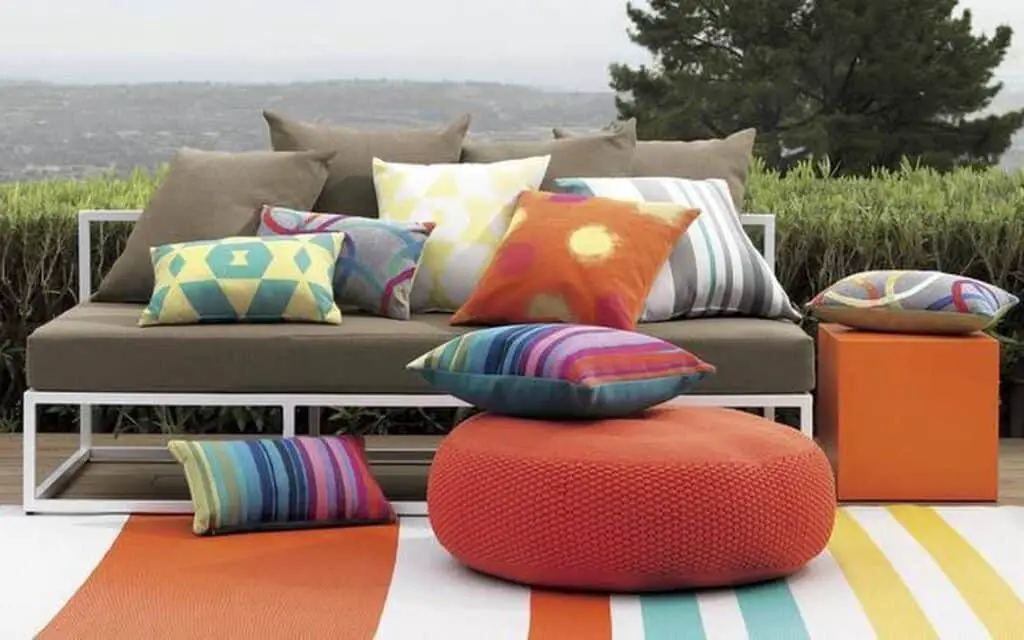
Conclusion
Keeping patio cushions from sliding can be a frustrating problem, especially when you’re trying to relax and enjoy your outdoor space. However, there are several simple and effective solutions that can help keep your cushions in place and prevent them from sliding around.
One of the easiest ways to keep patio cushions from sliding is to use non-slip mats or grippers. These can be placed underneath the cushions to provide extra traction and prevent them from moving. Non-slip mats are available in various sizes and can be easily cut to fit your cushions. Simply place the mats on your patio furniture and then position the cushions on top. The mats will help keep the cushions in place, even during windy conditions or when you’re sitting and moving around.
Another option is to use Velcro or adhesive strips to secure the cushions to the outdoor furniture. This method works particularly well for cushions that have ties or straps. Simply attach one side of the Velcro or adhesive strip to the cushion and the other side to the furniture. This will create a strong bond that will prevent the cushions from sliding. If your cushions don’t have ties or straps, you can also sew or attach Velcro directly onto the cushion fabric.
If you prefer a more temporary solution, you can try using double-sided tape. This can be applied to the bottom of the cushions and then pressed onto the furniture. The tape will provide a strong grip and prevent the cushions from sliding. However, keep in mind that the tape may leave residue on the furniture or cushions, so it’s important to test it in a small, inconspicuous area first.



